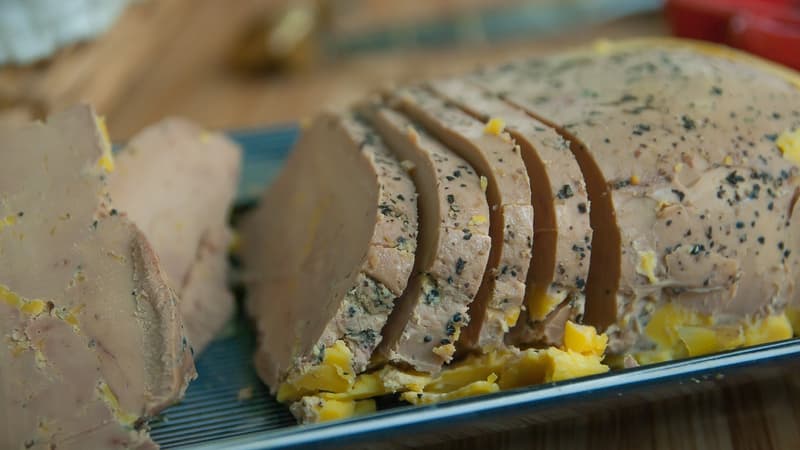The foie gras sector assured Thursday that it will “recover” from bird flu, although the virus has already returned after having decimated farms and reduced production by a third this year.
“In seven years we have experienced four crises. We get up every time, we will continue to get up,” hammered the president of the Interprofessional foie gras (Cifog), Eric Dumas, during a press conference.
your worst crisis
“I am sure that in the long term we will get ahead”, declared the Minister of Agriculture, Marc Fesneau, evoking the “remarkable hope” that the experimentation of a vaccine raises.
The virus has already re-emerged on French farms, with nearly 30 farms infected since August, including two broiler duck farms. More than 300,000 birds were slaughtered.
Between the fall of 2021 and the spring of 2022, poultry farmers experienced their worst avian flu crisis. More than 20 million poultry (ducks but also turkeys, chickens, hens, etc.) have been slaughtered on infected farms or as a preventive measure to stop the spread of the virus.
About four million ducks were killed in the foie gras industry. Another six million were not put into production, because the hatcheries had to be emptied for a long time, or due to a lack of ducklings: the breeding ducks were also decimated, according to Cifog.
Production is expected to decrease by 30-35%
Result: Foie gras production is expected to fall “around -30% to -35%” in 2022. Supply will therefore be reduced for the year-end celebrations and prices will rise. On average, the 40-gram slice should cost about four euros (+50 cents a year). Professionals invite amateurs to anticipate their purchases to be sure of finding one.
The main competitor countries of Hungary and Bulgaria should not be able to compensate for this decrease in supply. Not freed from bird flu, “they depend on the ducklings at home,” the sector stresses.
In France, slaughterhouses and processing workshops must “resort to long-term partial unemployment due to lack of raw material.”
Source: BFM TV


